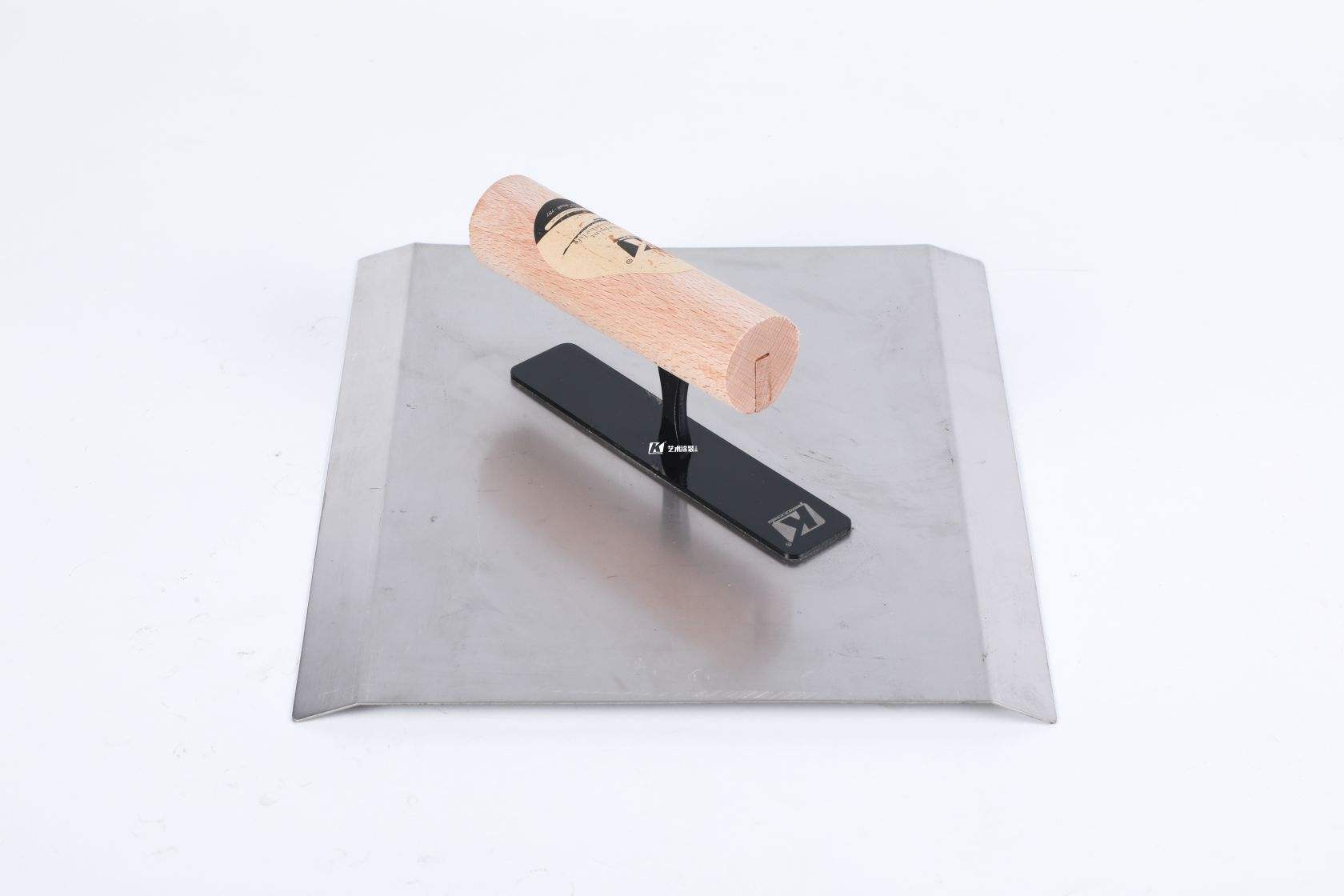Finishing wooden tool handles is essential for enhancing their appearance, protecting the wood, and ensuring they stand up to the rigors of use. Choosing the right finishing technique can greatly impact the durability and aesthetics of your handles. Here’s a guide to various finishing techniques for wooden tool handles:
1. Sanding: Before applying any finish, start by sanding the handle to create a smooth and even surface. Begin with coarse sandpaper and gradually progress to finer grits for a polished finish. Sanding removes imperfections and prepares the wood for finishing.
2. Natural Oils: Natural oils such as linseed oil, tung oil, and walnut oil are excellent options for finishing wooden handles. They penetrate the wood, enhancing its natural beauty and providing protection against moisture. Apply multiple coats, allowing each coat to dry thoroughly.
3. Wood Stains: Wood stains add color and depth to the wood while allowing the grain to show through. Stains come in various shades, from light to dark. Apply stain evenly, wipe off excess, and allow it to dry before applying a protective finish.
4. Wood Dyes: Wood dyes provide vibrant and transparent color to the wood, allowing the grain to remain visible. Dyes can be mixed to achieve custom colors. Apply dye evenly with a brush or cloth, and protect with a clear finish.
5. Varnishes and Polyurethanes: Varnishes and polyurethane finishes offer strong protection against wear, moisture, and UV rays. Choose water-based versions for low odor and easy cleanup. Apply thin coats, sanding between coats for a smooth finish.
6. Shellac: Shellac is a natural finish that provides a warm, amber tone to wood. It’s easy to apply, dries quickly, and can be layered for more gloss. Use dewaxed shellac for better compatibility with other finishes.
7. Beeswax and Carnauba Wax: Waxes provide a protective layer and a soft sheen to the wood. Mix beeswax or carnauba wax with a carrier oil (like mineral oil) to create a paste. Apply, let it dry, and buff to a shine.
8. Epoxy Resin Coating: For a durable and glossy finish, epoxy resin can be applied to wooden handles. It offers excellent protection against moisture, chemicals, and abrasion. Follow the manufacturer’s instructions for mixing and application.
9. Application Techniques:
- Apply finishes in a well-ventilated area.
- Use brushes, cloth, or foam applicators for liquid finishes.
- Apply thin coats to prevent drips and runs.
- Allow each coat to dry completely before sanding or applying the next coat.
- Sand lightly between coats to ensure a smooth finish.
10. Safety Precautions:
- Wear appropriate protective gear, such as gloves and safety goggles, when applying finishes.
- Work in a well-ventilated area or use a respirator to avoid inhaling fumes.
11. Consider the Tool’s Use: Choose a finish that suits the tool’s intended use. Tools exposed to moisture or harsh environments may require more durable finishes.
Selecting the right finishing technique depends on your preferences, the wood type, and the intended use of the tool. Whichever finish you choose, remember that a well-finished handle not only adds beauty but also extends the life and usability of your tools.


